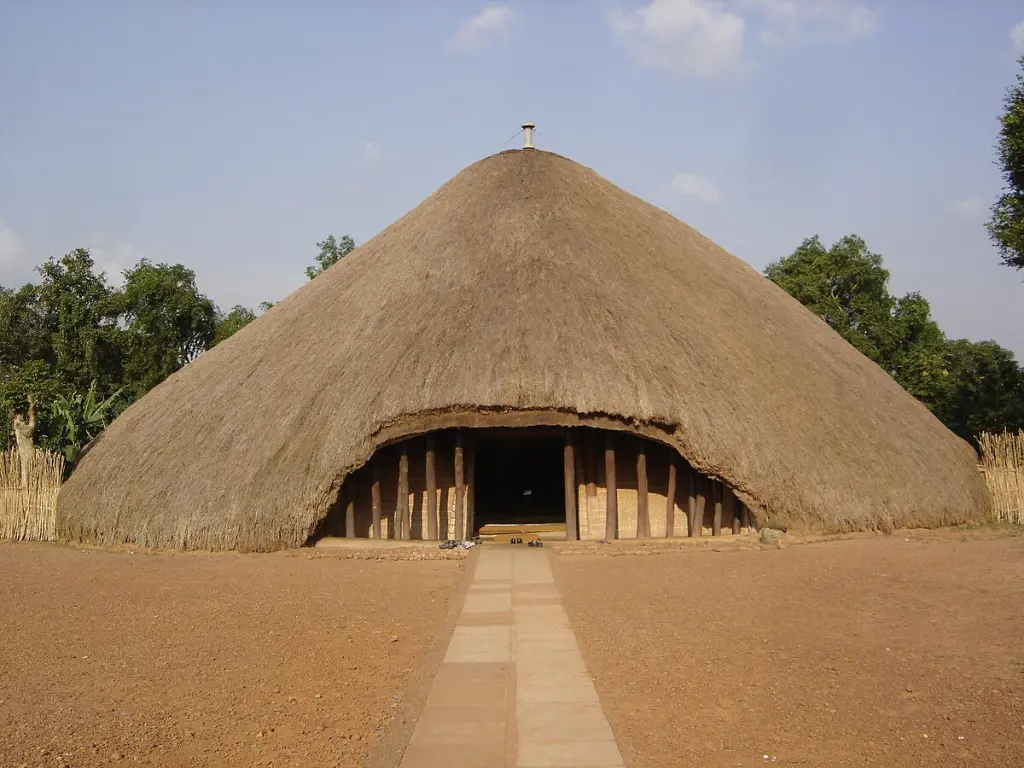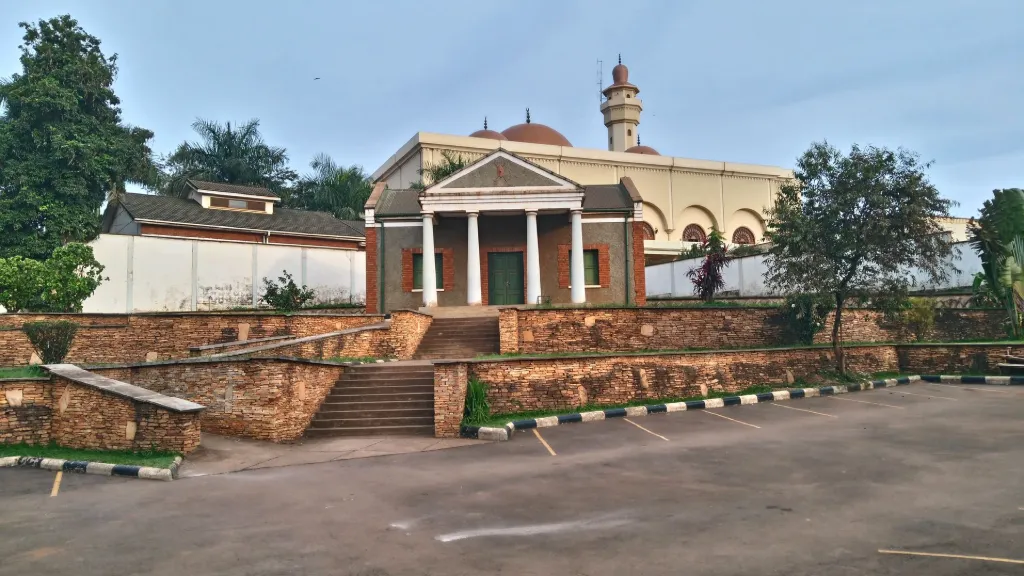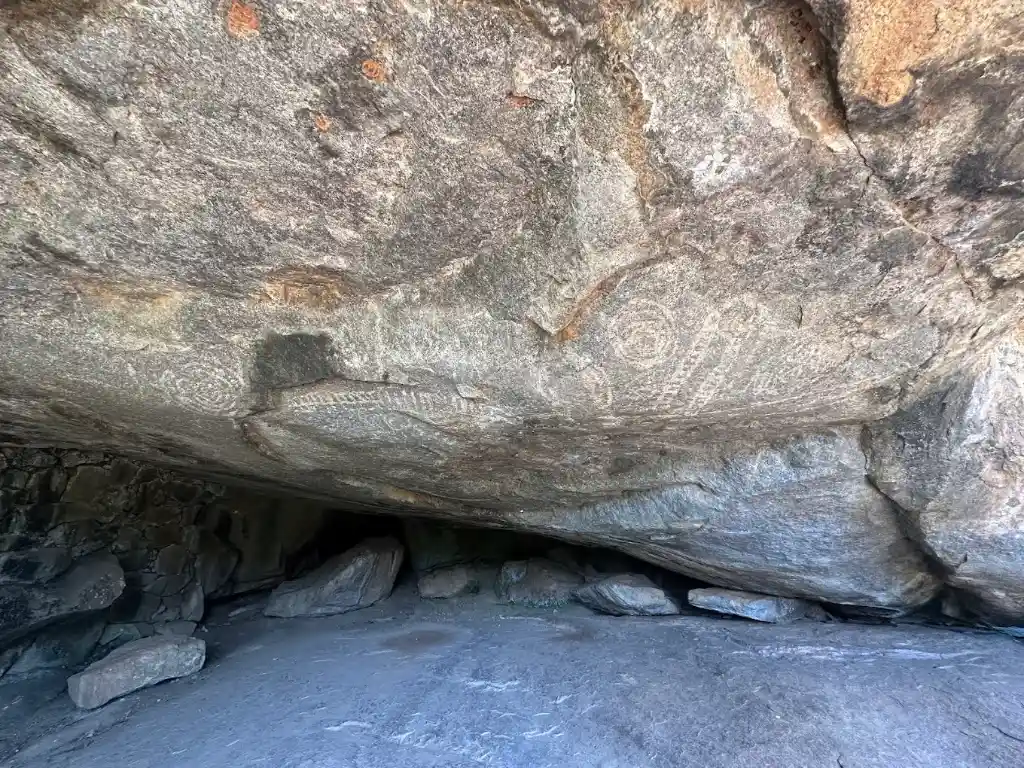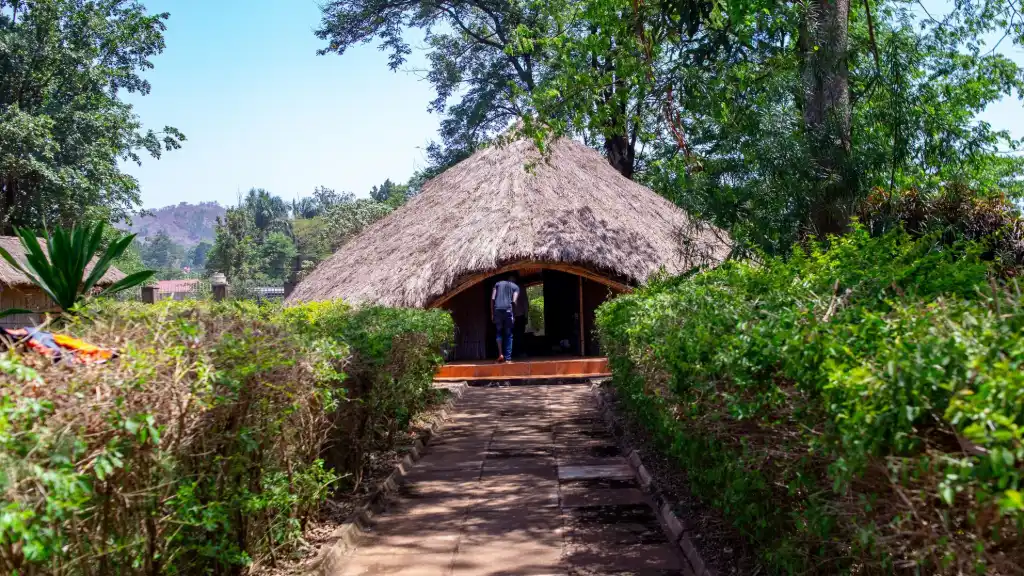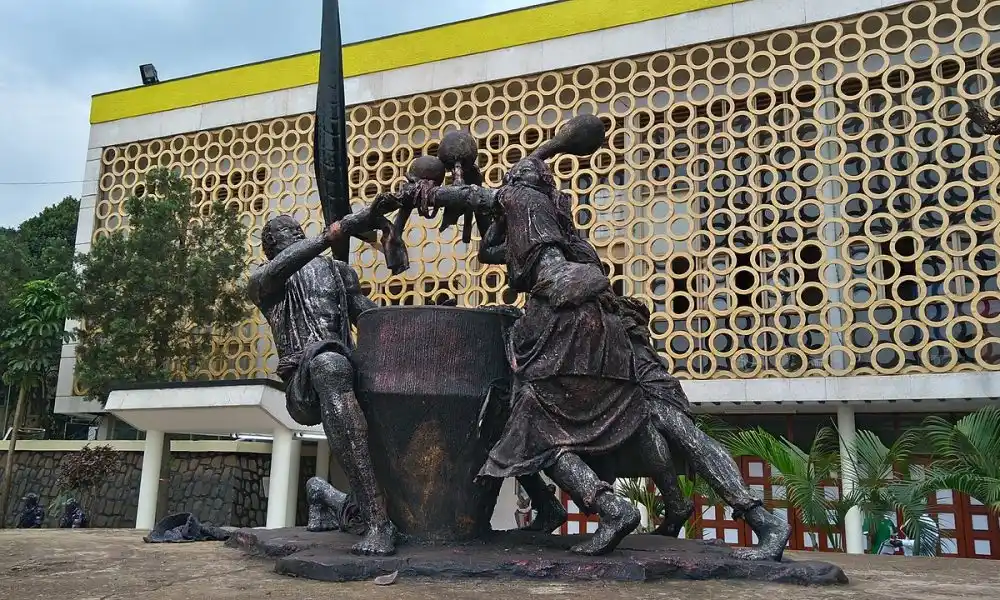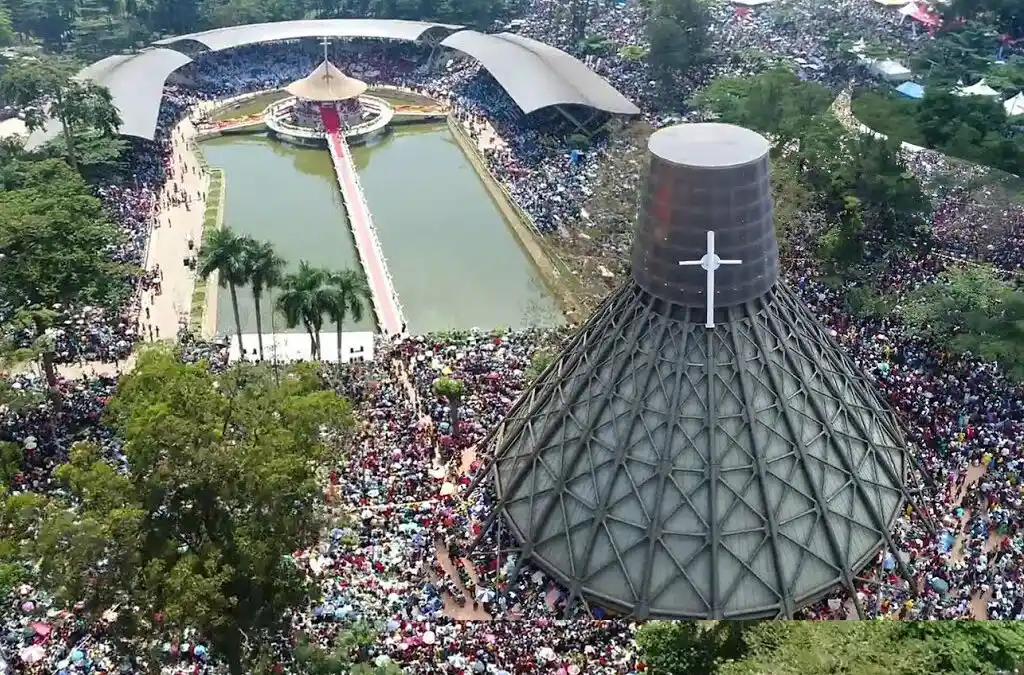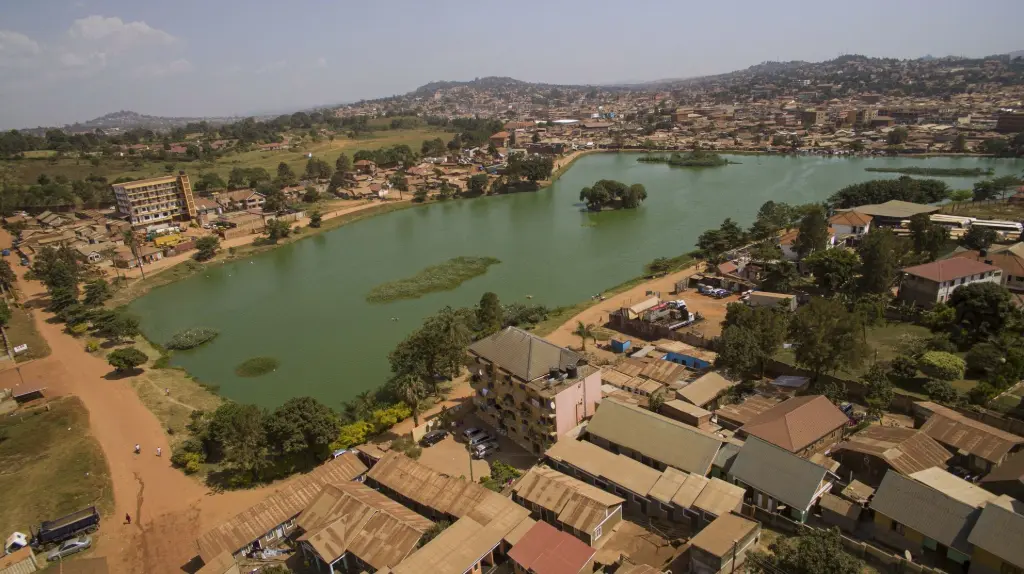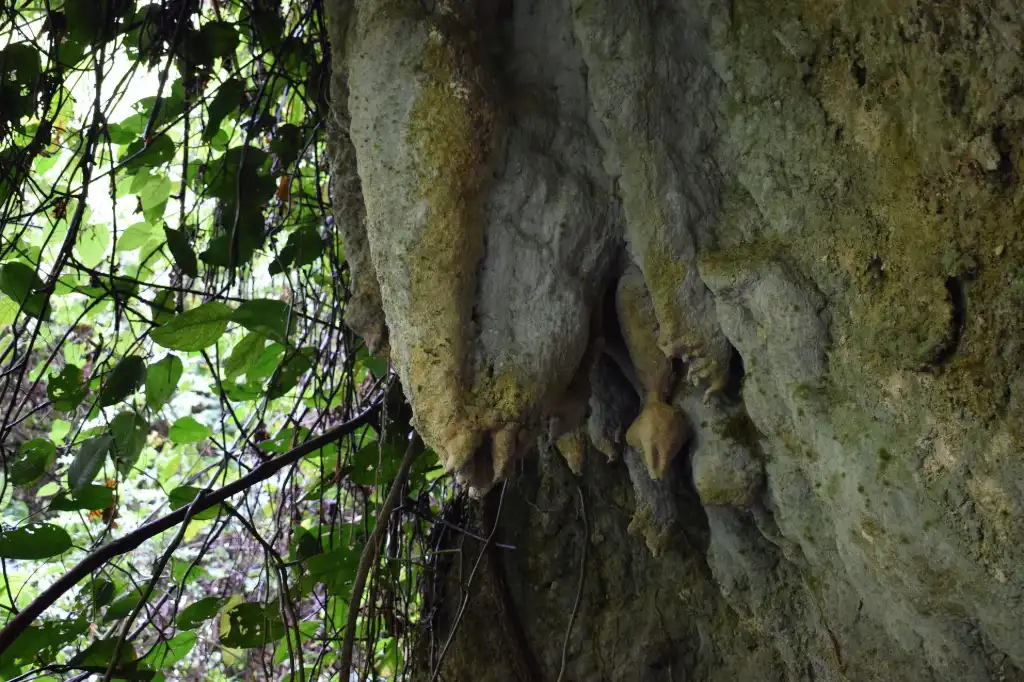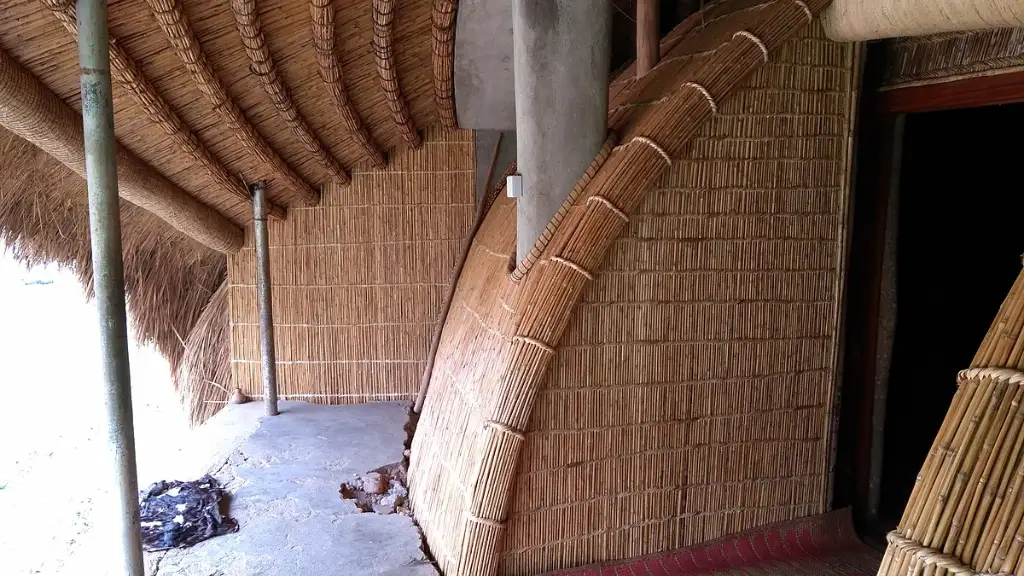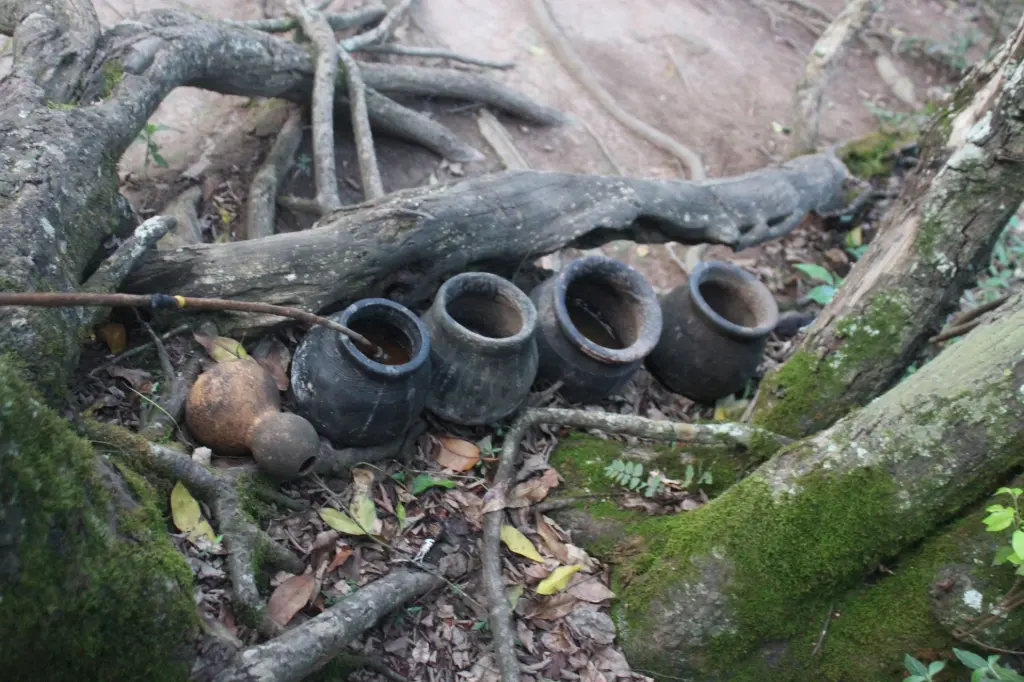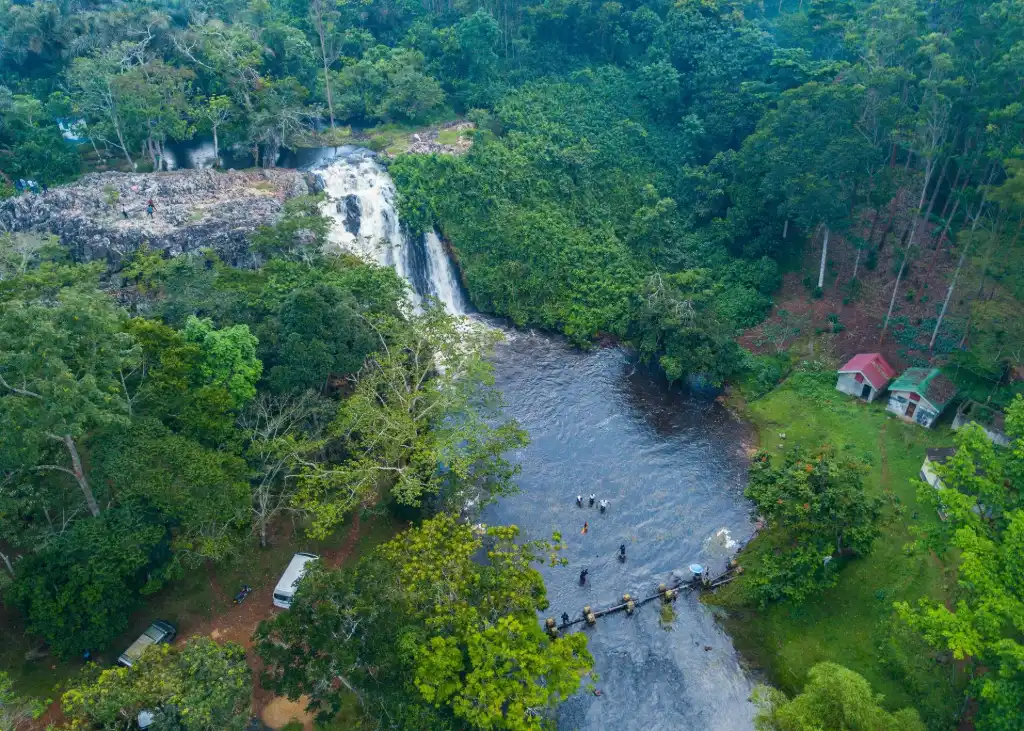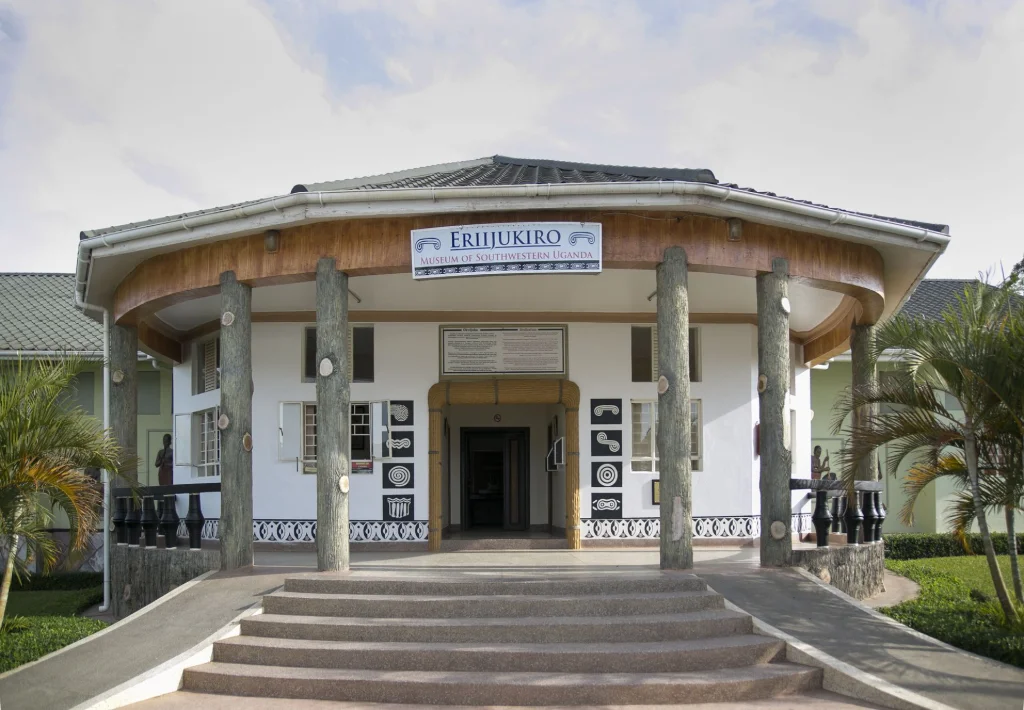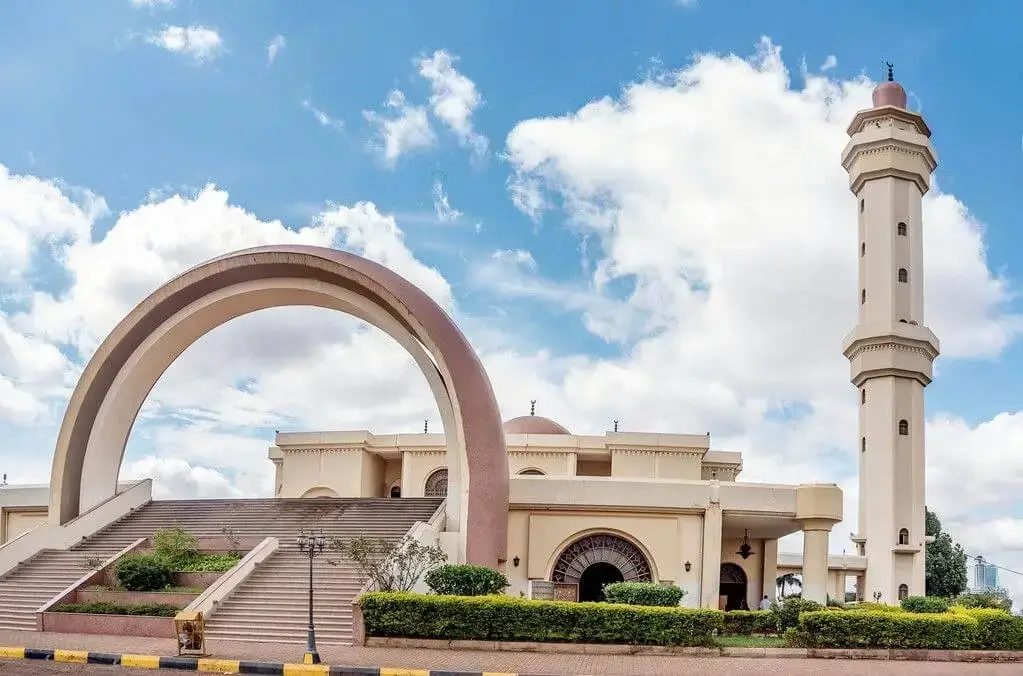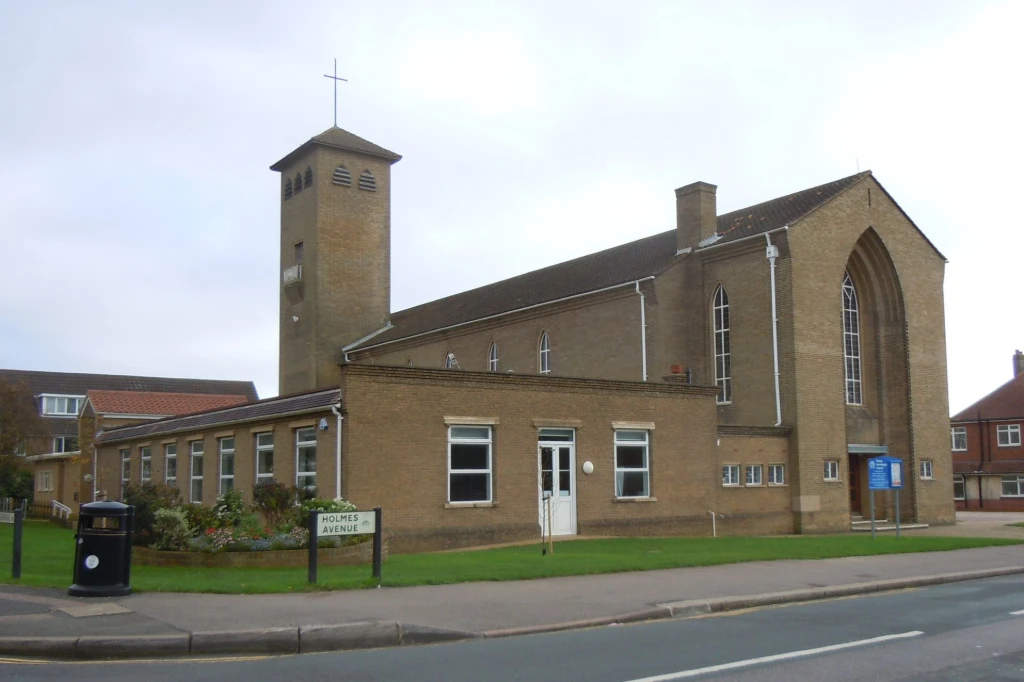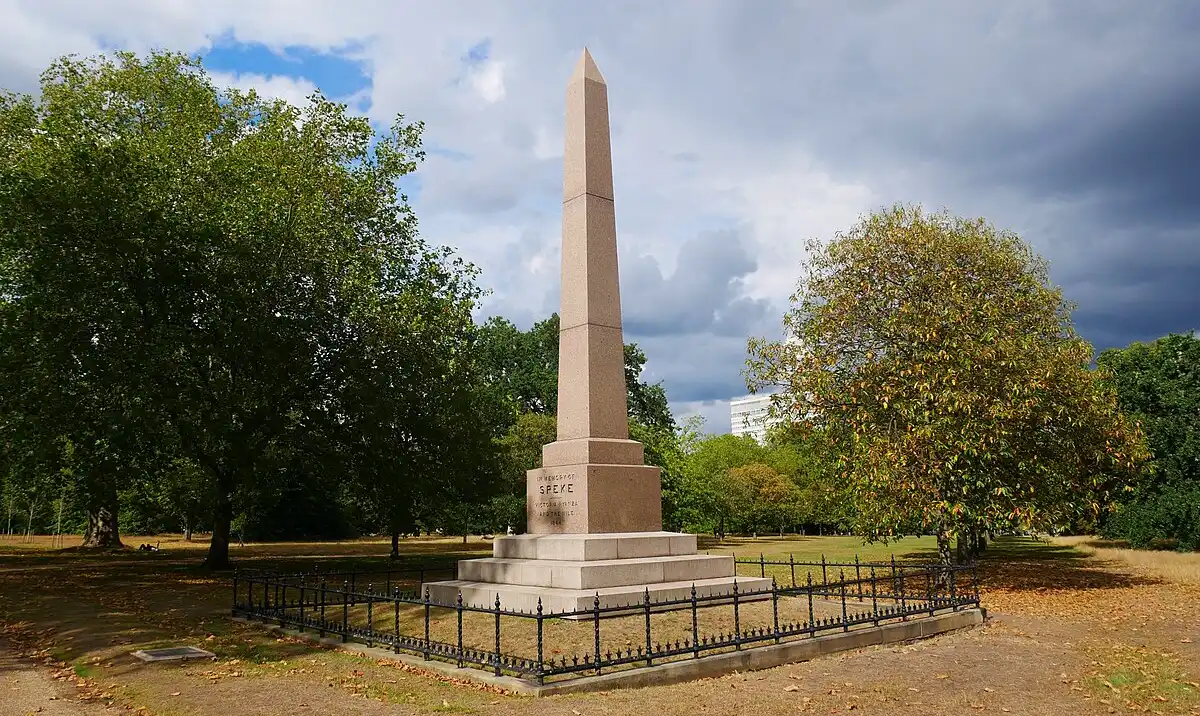Culture and Heritage Sites in Uganda
Uganda is a treasure trove of history and culture, boasting a wide range of historical and heritage sites. These landmarks reflect the country’s ancient civilizations, colonial past,
and spiritual traditions. Whether you’re a history enthusiast or a casual traveler, exploring Uganda’s historical and heritage sites offers a deep dive into the nation’s rich
and complex legacy. Here’s a guide to some of the most notable sites to visit. Guide to Uganda’s Historical and Heritage Sites
Kasubi Tombs
A UNESCO World Heritage Site, the Kasubi Tombs are the royal burial grounds of the kings (Kabakas) of the Buganda Kingdom. Located in Kampala, the site is celebrated for its traditional Ganda architecture, constructed entirely from natural materials like reeds and grass.
Visitors can explore the sacred mausoleum where cultural rituals are still practiced and gain insight into the Buganda Kingdom’s history, leadership, and spiritual heritage.
Fort Lugard – Old Kampala Hill
Perched on Old Kampala Hill, Fort Lugard was established in the late 19th century as a strategic administrative center during Uganda’s colonial era under Captain Frederick Lugard.
Today, visitors can explore a small museum featuring artifacts from the colonial period and enjoy sweeping panoramic views of Kampala from this historically significant site.
Nyero Rock Paintings
Located in Eastern Uganda’s Kumi District, the Nyero Rock Paintings are ancient artworks believed to date back to around 1250 CE. Created by early inhabitants, these geometric symbols are thought to hold spiritual or ceremonial meaning.
Visitors can admire the well-preserved rock art while exploring the peaceful landscape and uncovering insights into Uganda’s prehistoric past.
Mparo Tombs
Located in Hoima, the Mparo Tombs are the final resting place of Omukama Kabalega, the legendary king of the Bunyoro Kingdom who fiercely resisted British colonial rule.
The site offers a powerful glimpse into Uganda’s anti-colonial struggle through artifacts, oral histories, and guided narratives.
Visitors can walk through the sacred grounds and learn about the legacy of one of Uganda’s most revered historical figures.
The Uganda Museum
Located in the heart of Kampala, the Uganda Museum is the country's oldest and most comprehensive cultural institution, established in 1908. It houses a rich collection of artifacts covering ethnography, archaeology, and natural history, offering insights into Uganda’s diverse tribal traditions and heritage.
Visitors can explore exhibits of traditional musical instruments, ancient tools, and historical photographs, making it an essential stop for anyone interested in understanding Uganda’s past and cultural diversity.
The Martyrs’ Shrines
Located just outside Kampala in Namugongo, this revered site honors the 22 Catholic and Anglican converts executed under Kabaka Mwanga II’s rule in the late 1800s. The shrine features a striking basilica designed with inspiration from traditional African architecture, symbolizing spiritual resilience and cultural identity.
Visitors can explore the grounds, learn about the martyrs’ legacy, and witness the powerful devotion that culminates each year in the Uganda Martyrs’ Day pilgrimage, drawing thousands of worshippers from across the region.
Kabaka’s Lake
Nestled in the heart of Kampala, Kabaka’s Lake is the largest man-made lake in Uganda, commissioned by Kabaka Mwanga II in the 1880s as part of a strategic escape route to Lake Victoria.
Today, it offers a peaceful setting where visitors can stroll along its banks, enjoy birdwatching, and reflect on the historical narrative tied to Buganda’s monarchy and colonial resistance. The lake remains a symbol of ingenuity and resilience, with its calm waters providing a quiet contrast to the city’s urban energy.
Amabere ga Nyinamwiru
Located just outside Fort Portal in western Uganda, Amabere Ga Nyinamwiru is a cultural and geological site known for its unique limestone formations that resemble breasts—believed in local legend to belong to Nyinamwiru, a princess of the Tooro Kingdom.
Visitors can delve into the folklore that surrounds the site, exploring the cave while listening to tales passed down through generations. The area also offers scenic hiking opportunities to nearby waterfalls and crater lakes, making it both a cultural and nature-filled adventure.
Wamala Tombs/Suuna II Royal Tombs
The Suuna II Royal Tombs in Nansana, close to Kampala, mark the final resting place of Kabaka Suuna II, one of the most influential kings of the Buganda Kingdom.
Visitors can explore the sacred tombs and gain insight into the rich cultural traditions and royal customs of Buganda. The site also showcases traditional royal regalia and artifacts, offering a tangible connection to Uganda’s regal history.
Bigo bya Mugenyi
Located in Western Uganda, Ntusi features impressive ancient earthworks attributed to the enigmatic Bachwezi civilization. Visitors can marvel at vast ditches and embankments that likely served as cattle enclosures or defensive barriers.
The site also offers a chance to delve into the captivating myths of the Bachwezi, revered as demi-gods in Ugandan folklore, enriching the experience with a blend of history and legend.
Sezibwa Falls
Sezibwa Falls is a sacred site for the Baganda people, deeply rooted in legends about the origins of human rivers. Visitors can experience traditional rituals led by local spiritual leaders, gaining a unique glimpse into the region’s cultural heritage.
Beyond its spiritual significance, the falls offer stunning natural scenery, including picturesque waterfalls and nearby caves to explore.
Igongo Cultural Centre
Igongo Cultural Centre is a vibrant hub celebrating the culture and history of southwestern Uganda, with a special focus on the Ankole and Bahima communities.
Visitors can explore the Eriijukiro Museum to gain deep insights into traditional Ankole life, customs, and heritage. The experience is enriched by sampling authentic local dishes such as eshabwe and millet bread at the centre’s on-site restaurant, offering a true taste of the region.
Gaddafi National Mosque – Kampala
Completed in 2006, the Gaddafi National Mosque stands as one of East Africa’s largest and most iconic religious landmarks.
Visitors can climb its towering minaret to enjoy breathtaking panoramic views of Kampala’s skyline. Guided tours also offer a rich exploration of the history and significance of Islam in Uganda, providing cultural and spiritual context to the site.
Bishop Hannington Memorial Site
This site honors Bishop James Hannington, one of Uganda’s earliest Christian missionaries who was martyred in 1885.
Visitors gain insight into the origins of Christianity in Uganda and the hardships missionaries endured during that era. The memorial offers a reflective space to understand the profound impact of early missionary efforts on the country’s religious landscape.
The Source of the Nile
This iconic site marks where explorer John Hanning Speke first identified the source of the Nile River.
Visitors can explore monuments dedicated to this historic discovery while soaking in stunning panoramic views. Boat rides on the river offer a unique perspective of this legendary waterway, blending history with natural beauty.
Speke Memorial Monument
This monument marks the exact spot where John Hanning Speke became the first European to identify the source of the Nile River.
Visitors can reflect on the profound historical significance of this discovery while taking in the serene surroundings. It’s an ideal stop to combine with a visit to the nearby source of the Nile for a fuller historical and natural experience.
Ready to explore Uganda's vibrant culture and history?
Add this experience to your package today.
